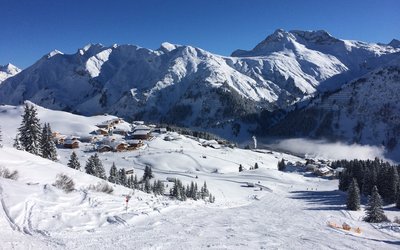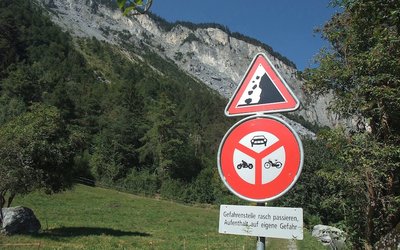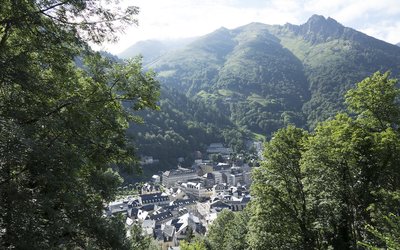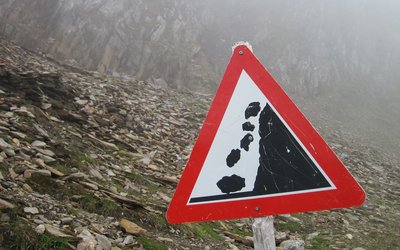Flood hazard of ice-dammed lakes at melting glaciers is decreasing
March 29, 2023
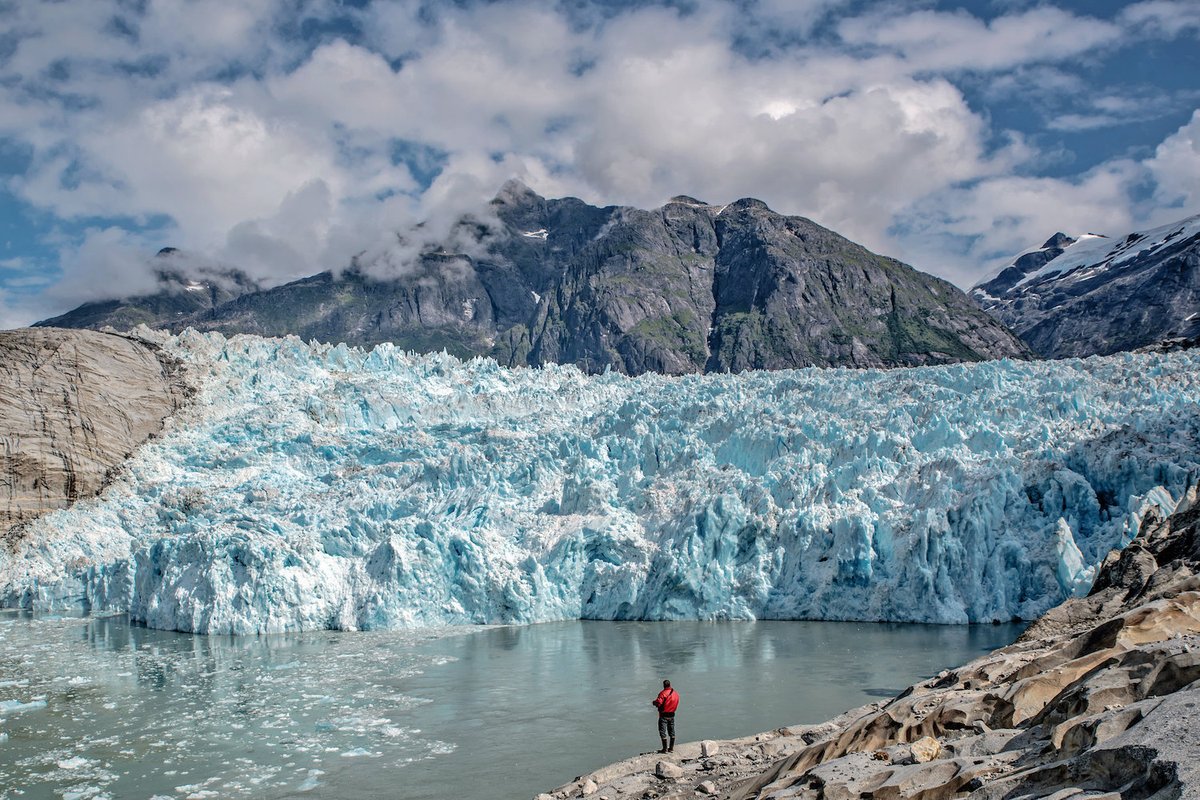
Photo: Forest Service, USDA (www.flickr.com)
Outbursts of ice-dammed lakes
At melting glaciers, lakes are being formed where meltwater gets trapped behind dams of debris or ice. Once these dams fail, large volumes of water are released that can destroy bridges, pipelines, roads, campgrounds and farmland, and kill livestock and people. Luckily, the fast majority of these floods do not cause catastrophic damage and fatalities. This is partly due to human interventions. Dykes, floodgates, dams, or the temporary or permanent resettlement of mountain communities have reduced the impact of these floods. The danger of these lakes should not be underestimated, however.
Ice-dammed lakes in particular are ‘dangerous beauties’. Globally, the number and size of ice-dammed lakes are small compared with meltwater lakes dammed by moraines debris or bedrock. However, over 70% of all reported glacial lake outburst floods since 1900 in six major mountain regions originated from ice-dammed lakes. Apparently, ice dams are much more prone to breaking than dams of moraines or bedrock, making ice-dammed lakes the most hazardous of all meltwater lakes.
Trends in outburst flooding since 1900
Global warming and the melting of glaciers can be expected to change the frequency and character of floods resulting from outbursts of ice-dammed lakes. Melting glaciers, after all, create new space for ice-dammed lakes to form and grow, and ice dams might store an increasing amount of meltwater, causing larger floods if they fail. These changes were studied for 1,569 ice-dam failures in six major mountain regions. Trends in peak discharge and total volume of these floods and in annual timing and elevation of the outburst have been assessed since 1900.
In this assessment, the scientists focused on the six most glaciated mountain regions on earth, including northwest North America, High Mountain Asia, the Andes, Iceland, Scandinavia and the European Alps. They studied scientific papers and other sources, such as newspaper reports and written correspondence with local eyewitnesses and experts, and found a total of 1,569 dated outbursts from 186 ice-dammed lakes in the period 1900–2021.
Volumes outburst floods have declined
They showed that extreme peak flows and total flood volumes have declined by about an order of magnitude since 1900 in five of the six regions. In this 120 years period, more outburst floods were reported since 1990 compared with earlier decades in all regions but this is probably due to a more consistent documentation of these floods in recent decades.
Annual timing outburst floods has advanced
In recent years, the average annual timing of outbursts has shifted to about 40 days earlier in the year compared with 1900. This shift in timing was also observed for the European Alps. Outbursts in Iceland, however, now occur about six weeks later in the year on average. The reason why the situation in Iceland is different from the other regions is not clear.
Outburst floods have shifted to higher elevations
Since 1900, outbursts from ice-dammed lakes originated at progressively higher elevations. In most regions, outbursts now emerge from lakes that are tens to many hundreds of metres higher in elevation than a century ago. In Scandinavia and Iceland, the average elevation shift was 25–50 m per decade. In the European Alps, no remarkable elevation shift was observed.
Floods have weakened
The study showed that the decline in peak flows and volumes and the shift of these outburst to a moment earlier in the year could signal a weakening of glacial lake outburst floods. The scientists wondered whether these changes were due to the shrinking of glaciers but could not find a clear relationship between glacier thinning and changes in outburst floods.
The researchers anticipate that ice-dam formation and failure might become a phenomenon of the past within a few decades in the European Alps and Scandinavia, because of the rapid melting of the glaciers. At the global scale, this may happen in the course of one to several centuries.
A surprising conclusion
Remarkably, outburst floods of ice-dammed lakes have not become more extreme since 1900, on the contrary. This conclusion will come as a surprise to many readers. After all, glacial lake outburst floods are considered a growing hazard now that glaciers are melting rapidly. Apparently, these ice dams have become thinner and break at a lower water level of the lake behind the dam. These lakes fill and empty repeatedly, and this cycle has speeded up. The lakes release gradually smaller flood volumes over time. Within this cycle, the annual timing of these floods is likely to shift because thinner dams may require a shorter period of time to refill to their maximum storage capacity.
This explanation illustrates that the less extreme nature of these floods is a logical consequence of climate change. Apparent, along with the melting of the glaciers the strength of the ice dams declines, thus increasing flood frequency while reducing the extreme nature of the floods. One should be aware, however, that this explanation only refers to ice-dammed lakes and not to the lakes that are formed behind dams of debris.
Veh et al., 2023. Nature 614: 701-707.

